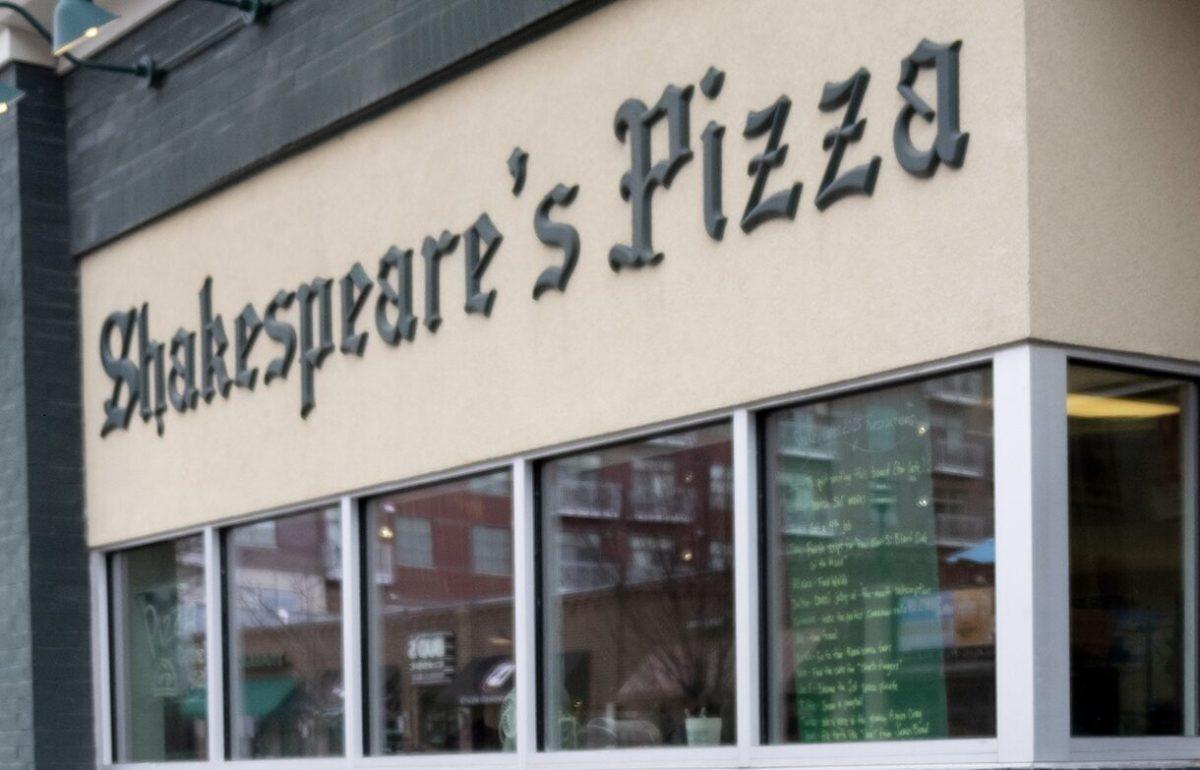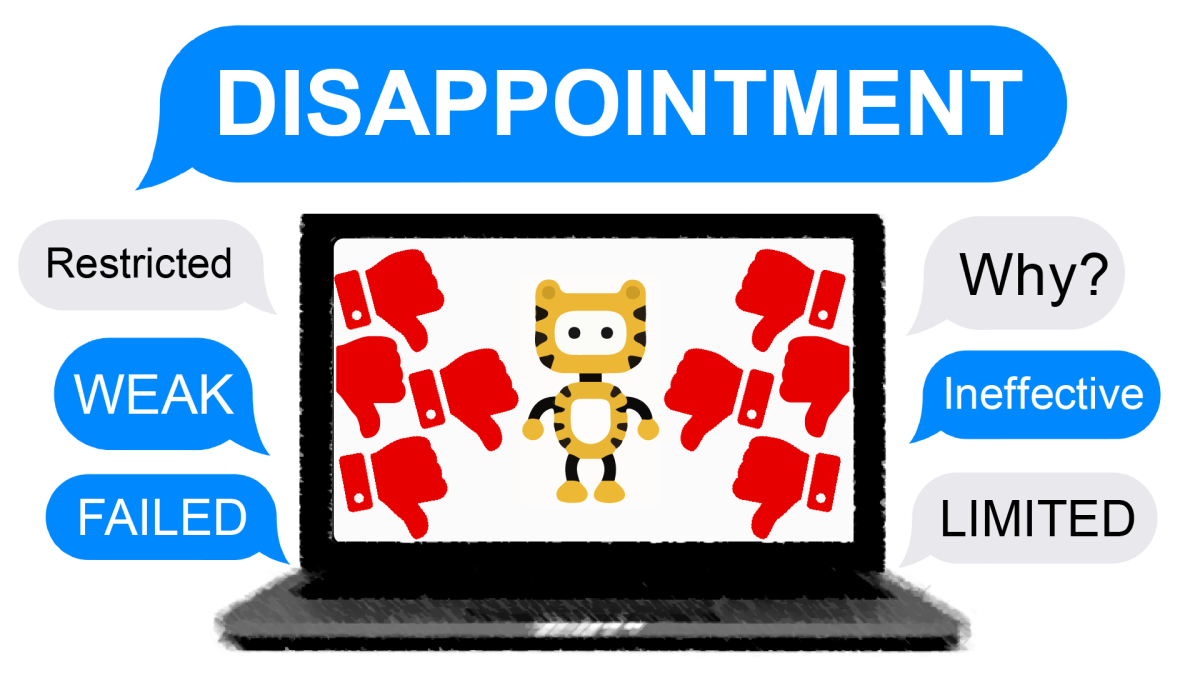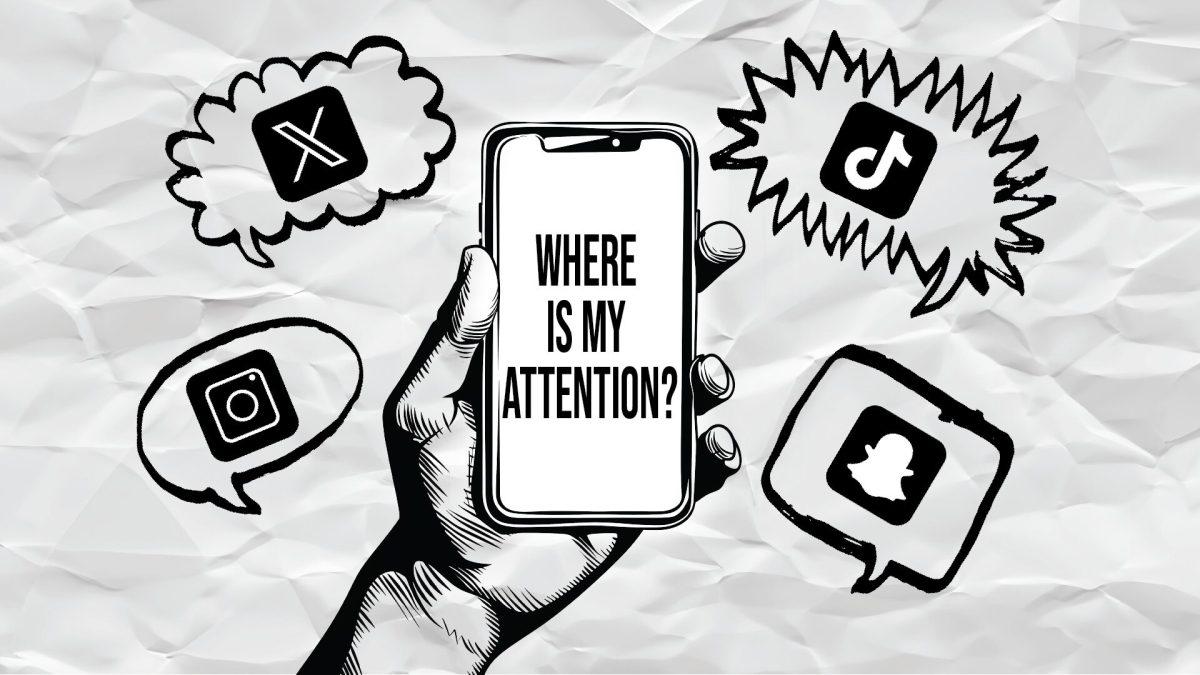_Roshae Hemmings is a first year journalism major at MU. She is an opinion columnist who writes about civil rights._
My first introduction to MU’s campus was no different than any other student in attendance here. I came to campus during summer break, spent an hour-long walking tour in the sweltering heat, had lunch at Plaza 900 and ended my day with a meeting at the MU School of Journalism. When I finally made the commitment to make MU my home for the next four years, Summer Welcome was the next step in cementing my decision. I spent the day with an enthusiastic Summer Welcome leader and other semi-enthusiastic incoming freshmen as we got further acquainted with campus and took care of some housekeeping items.
Fast forward to January — it’s second semester, applications for a new crop of Welcome leaders and tour guides are now being accepted and a somewhat blatant observation has been made. At a meeting for Legion of Black Collegians, one of the only black Summer Welcome leaders and LBC senator briefly spoke about the need for more diversity within the group of leaders. It wasn’t until then that I became acutely aware of the fact that the faces of MU, the people that are meant to make this place seem more enticing, are very… white.
In no way am I saying that this is a bad thing or that the coordinators that put together the teams of tour guides and Summer Welcome Leaders are at fault. The students that have given me tours in the past have been wonderful, knowledgeable and integral to my choosing MU.
This is to say, however, that not many of them look like me and I can’t help but wonder if that has an effect on the decision of other minorities choosing this institution. If we want more diversity on campus, could it help to make these specific organizations more diverse?
The need for more diversity isn’t something that is applicable to only college campuses; the fight for minority representation is one fought in media, politics and the workplace.
Whether people choose to acknowledge it or not, there is a comfort and empowerment that comes with seeing people that resemble you in various spaces. Campaigns such as #OscarsSoWhite in 2016 brought the issue of poor minority representation within that year’s Oscar nominations. This resulted in more minority representation the following year. The 2018 midterms saw a projected addition of almost 100 women to the House of Representatives gives women a voice in a space where female narratives and experiences were lacking. Marvel’s Black Panther gave way to a positive representation of black people and broke records while doing so. While the comparison is much smaller, the intention still stands: People want to see people that look like them. On a campus where 75.8 percent of the student body is white, it is necessary for potential students to see that minorities do exist, and thrive, on this campus.
To look at this issue and not mention the 2015 protests would be turning a blind eye to a huge factor in the decline in enrollment of minorities. As of 2017, enrollment among freshmen has dropped 35 percent since the clash and black freshman enrollment decreased 42 percent between 2015 and 2016, according to The New York Times. The history of racial tension on this campus is prominent and deserves to be acknowledged in order for prospective minority students to make an informed decision.
With this being said, I have seen what it means to be part of the black community here at MU and the camaraderie that it brings. I’m fortunate to be in clubs and organizations that allow me to be surrounded by the passionate, hardworking, lively and eclectic students that make up MU’s black community. I have heard the stories of hardship, but have seen the community that is forged when those who have been scorned, band together and raise their voices.
While we can’t erase those events, we can show who we are and what our community has done. And the best way to do that might be to give a tour and let people know that a proud black community exists here.











